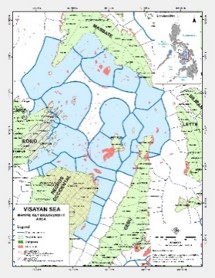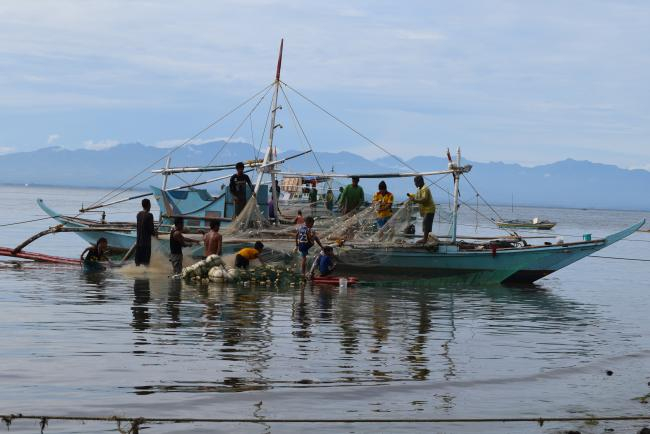Aims of the project
The principal objective of this PhD project is to apply a holistic, ecosystem-based approach to evaluating the potential impacts of a seasonal closure on the small pelagics fishery in the Visayan Sea, Philippines. Specifically, it aims to determine the effects of the closure on the abundance of the small pelagic stocks and its corresponding impacts to the rest of the multi-gear, multi-species fishery.
In collaboration with the Visayan Sea Scientific Advisory Group (SAG), the Bureau of Fisheries and Aquatic Resources and the National Stock Assessment Program (NSAP) of Regions 5, 6 and 7, this project also aims to explore alternative scenarios of the seasonal fishery closure that can potentially result in the most significant impacts either biologically and/or economically over time in order to inform future policy implementation.
First results
Presently, the project is in the early stages of consolidating relevant historical and time-series data on the fisheries and important biological stocks from various fisheries-independent studies and fisheries-dependent surveys that had been conducted in the Visayan Sea. These will serve as critical inputs to the development of a historical (baseline) trophic model of the Visayan Sea. We have likewise collaborated with the Visayan Sea SAG representatives in setting the research agenda for the Visayan Sea and in developing the initial ecosystem-scale research and policy-related questions that we ultimately intend to explore using the trophic model.

The Visayan Sea is a vast inland sea that is centrally located in the Philippine archipelago between 11oN and 12oN latitudes and 123oE and 124oE longitudes, covering an approximate area of 10,000 km2. It is bordered by 4 distinct provinces with 33 component coastal municipalities all together.
Projekt Partners |
|---|
|
FishRight Project of the Coastal Resources Center, University of Rhode Island (CRC-URI) |





